British Military Helmet - Cuirassiers were actually born from the men-at-arms of the late Middle Ages, who wore three-quarter armor for both the torso and legs. Helmets evolved from late-period lobster tail pots to a simpler harquebusier helmet. This is mainly due to cost, with the latter helmets costing less than half as much as heavier helmets.
Retail Price AU$140.32 AU$140.32 The British Military GS MK6 OD helmet was the standard for the British Armed Forces from the 1980's to 2005. Manufactured by NP Aerospace, it is designed to be worn with modern hearing protection, communications gear and a respirator.
British Military Helmet
 Source: upload.wikimedia.org
Source: upload.wikimedia.org
This ballistic nylon helmet is in used condition and features an adjustable liner and chin strap and internal padding for comfort. This type of data sharing may be considered a "sale" of information under California privacy laws.
Required Cookies Technologies
If personalized advertising is turned off, you will not be able to participate in these "sales". For more information, see our Privacy Policy, Help Center and Cookies and Similar Technologies Policy. This helmet pattern was modified in 1855 as the second "Albert" pattern and is notable for the change in color of the horse's feathers, in addition to some minor design changes.
Prior to this time all regiments wore black horsehair, but with the new regulations each of the seven regiments was given a unique color (which will see a slight change in overtime, especially when the units are eventually consolidated).
In Britain, the Dragoon Guards evolved from the Cuirassier in the 17th century. These men were fully covered in armor, but as the modern military developed, armor was lowered to create a more mobile fighting force.
Until the War of the Spanish Succession in the 18th century, the British army was essentially armorless, but armor was changed for some units during battle. Selling Price AU$394.57 AU$394.57 Queen Victoria's husband, Prince Albert, changed the face of heavy cavalry with the introduction of the 'Albert' pattern helmet in 1842. This nickel-plated helmet pattern was first adopted by the Household Cavalry, units
Personalised Advertising
, who are still famous today for their ceremonial duties, guarding the monarch and attending the daily changing of the guard. Although these regiments were not dragoons, they retained the look and dress of continental cuirassiers, complete with ceremonial breastplates.
They remain the oldest regiment in the British Army and have traditions dating back to 1660. The shell is in good condition, large, but the rubber/plastic liner retaining pins both broke while washing the helmet. The chin strap and strapping are both old and greasy, and the chin cup/sling material is shrinking and rotting.
 Source: image.cnbcfm.com
Source: image.cnbcfm.com
I had to put on some new bolts, washers and nuts to keep it from slipping and I will try to fit an ACH harness set and pad to make it comfortable and useful. Great helmet design, but mine is marked as 1986, so it's showing its age.
If I can refurbish it enough I'll probably buy more. Some of the technologies we use are necessary for critical functions such as website security and integrity, account authentication, security and privacy settings, internal website usage data and maintenance, and to operate the website, it is suitable for browsing and transactions.
Donations Bequests
Keep the collections yourself or inspire other shoppers! Note that public collections can be viewed by anyone - they may also appear in recommendations and other places. View Etsy's Privacy Policy The contingent, an infantry battalion of 522 men and 24 officers and an artillery unit of 212 men, was ready to sail on March 3, 1885. Farewell to the force.
The shipping has been described as the most celebratory occasion in the history of the colony. Support was not universal, however, and many viewed the proceedings with indifference or even hostility. The Nationalist Bulletin ridiculed the contingent before and after their return.
Assemblies aimed at establishing a patriot fund and supporting government action were poorly attended in many working-class suburbs, and many of those who came voted against the fund. There was a clear anti-war reaction in some centers of the country, while miners in rural areas reportedly put up "fierce resistance".
Over time, cuirassiers became simply breastplates and metal helmets. Sometimes different nations temporarily shed the armor, but most retained the metal helmets. Helmets changed dramatically during the Napoleonic Wars – and partly because Napoleon saw himself as the new Roman Emperor, he outfitted his cuirassiers and dragoons with helmets resembling a Roman-style helmet.
Fast And Accurate Order Processing
. This pattern evolved over time and, interestingly, was adopted by the Paris fire brigades and was in turn the inspiration for the Adrian pattern steel helmet used in World War I. The Seven Guards Dragoons and the 1st and 6th Regiments of Dragoons adopted a similar helmet pattern in 1847, which was bronze (or gilded).
For the Dragoon Guard officer, the insignia is a cut metal star in silver mounted on a brass shield. In the center is an oval of gilt brass surrounded by a garter bearing the regimental title and the royal monogram VR.
 Source: i.ytimg.com
Source: i.ytimg.com
A curb chain of brass links completes the pattern and is fastened in brass rosettes to the side of the helmet. The NSW contingent anchored at Suakin, Sudan's Red Sea port, on 29 March 1885 and was attached to a brigade consisting of Scots, Grenadiers and Coldstream Guards.
Shortly after their arrival, they marched as part of a large square formation - this time consisting of 10,000 men - to Tamai, a village about 30 kilometers inland. Although the march was marked only by minor skirmishes, the men saw the reality of war as they paused among the dead of a battle that had taken place eleven days earlier.
Personalised Advertising
More small skirmishes took place on the march the next day, but the Australians, now behind the square, suffered only three casualties, no fatalities. The infantry reached Tamai, burned all the standing huts and returned to Suakin.
The helmet pattern was last revised in 1871, and it is worth noting that while this version retains the basic shape of the earlier patterns, it lacks the nickname "Albert" as the prince consort died in 1861.
However, the early influence on household cavalry and dragoon helmets lives on to this day, with the 1871 pattern helmet still being used by heavy cavalry regiments. Dragon Guard / Dragoon helmets of other ranks have a plate with a simple white metal starburst ray with a garter in the center with the motto "Honi soit qui mal y pense" around it in brass and the regimental number in the centre.
This type of data sharing may be considered a "sale" of information under California privacy laws. If personalized advertising is turned off, you will not be able to participate in these "sales". For more information, see our Privacy Policy, Help Center and Cookies and Similar Technologies Policy.
Required Cookies Technologies
Ask the average armchair historian when the modern steel military helmet was introduced and they will likely answer that it was World War I when the helmet returned to the battlefield. But that's actually the wrong answer because it's a trick question.
Despite the popular belief that armies did not use helmets in large numbers, the truth is that the metal helmet never really disappeared from the ranks of soldiers. At the outbreak of World War I, heavy cavalry troops were still wearing the uniforms worn a hundred years earlier during the Napoleonic era.
![British Military Mkvi Ballistic Helmet [Genuine European Military Surplus]](https://www.venturesurplus.com/wp-content/uploads/2021/07/UK-MkVI-Helmet-Used-Overall-scaled.jpg) Source: www.venturesurplus.com
Source: www.venturesurplus.com
But today, while many countries have completely retired knightly helmets, these Roman styles live on with the Coraceros de la Guardia Real of the Spanish Royal Guard and the Italian Corazieri, the honor guard of the President of Italy.
Another pattern, the heavy cavalry helmet, is still used in Britain as the ceremonial headdress of household cavalry. The contingent arrived in Sydney on June 19. Expecting to reach Port Jackson, they were surprised to disembark at the quarantine station at North Head, near Manly, as a precaution against disease.
A man died there of typhus before the contingent left. Five days after arriving in Sydney, the contingent marched across the city in their khaki uniforms to a reception at Victoria Barracks, where they stood in the pouring rain as did a number of public figures, including the Governor, Lord Loftus, the Premier,
and the contingent commander, Colonel Richardson, made speeches. It was generally agreed at the time that Australia's contribution to the enterprise, however small the military significance, was an important step in the development of colonial self-reliance and a testament to the enduring relationship with Britain.
The helmets also disappeared over time, replaced by a tricorne hat and later a black leather peaked helmet. During the Napoleonic Wars, British heavy cavalry wore leather helmets with metal crests and crests, and later war helmets made the real charge.
In 1818 the British Dragoon Guards adopted a "Roman" style pointed helmet incorporating a metal skull with gold leaf decoration. The crests are edged with gilded copper trimmings, and the chin scales are decorated with large lion heads and are attached to the side of the helmet.
The first "Albert" helmet was in the form of the high leather spiked helmet adopted by Prussians and Russians at the same time. Instead of a metal spike, however, these helmets were decorated with a high plume in a brass plume holder and made of nickel silver with gold ornaments.
On the front of the helmet there is a left band of oak covering the front seam joint and on officer's helmets this includes an enameled plate while on other ranks it is a simpler silver plate.
 Source: www.thetimes.co.uk
Source: www.thetimes.co.uk
To enable personalized advertising (such as interest-based advertising), we may share your information with our marketing and advertising partners using cookies and other technologies. These partners may have their own information that they have collected about you.
Turning off your personalized ads setting won't prevent you from seeing Etsy ads or affect Etsy's own personalization technologies, but it may result in ads that are less relevant or you may see ads that are repetitive more often.
Keep the collections yourself or inspire other shoppers! Note that public collections can be viewed by anyone - they may also appear in recommendations and other places. View Etsy's Privacy Policy This version was followed in 1834 by what some have described as "the finest of all British cavalry helmets";
a skull and crest helmet of gilt metal with a large bar plate bearing the Hanoverian royal coat of arms, worn until Queen Victoria's accession to the throne in 1837. The crest of the skull features a highly decorated gilt metal crest which can be attached.
a black fur comb or a metal pommel in the shape of a lion's forehead. This resulted in a unique helmet that entered service as the country transitioned into the Victorian era. With news of Gordon's death and the Canadian government's bid for troops in Sudan, the NSW government telegraphed London with an offer of its own.
To make his proposal more attractive, he offered to cover any costs. London accepted but noted that the contingent should be under British command. Similar offers from other Australian colonies were turned down. The UK Government's acceptance of the quota was enthusiastically received by the NSW Government and members of the armed forces.
It was considered a historic event as it was the first time soldiers hired by a self-governing Australian colony fought in an imperial war. After Tamai, most of the NSW contingent worked on the railway line that was laid across the desert to the inland Berber towns on the Nile, midway between Suakin and Khartoum.
Far from the excitement they had imagined, the Australians suffered most from the forced laziness of the guards. When a camel corps was formed, 50 men immediately volunteered. On May 6th they set out to reconnoiter Takdul, 28 kilometers from Suakin, expecting to encounter the Sudanese again, but the only action that day consisted of two newspaper letters accompanying the patrol before they left the camel drivers,
 Source: i.ebayimg.com
Source: i.ebayimg.com
to tell Suakin their stories. They are soon surrounded by enemy forces and one is wounded while escaping. On May 15, the camel corps made another sortie to bury the bodies of the men who had fallen in action the previous March.
Retail Price AU$26.26 AU$26.26 Your generous donation will be used to ensure that the memory of our Defense Forces, what they have done for us and what they continue to do for our freedom, lives on - today and in the future
. Another interesting aspect of the evolution of cavalry units is that dragoons essentially evolved into a part of the "light cavalry" in many European armies. The notable exception is of course the British Army, where the Dragoons are divided into heavy and light cavalry regiments, with the Dragoon Guards and Dragoons taking on the former role, while the Light Dragoons serve as light cavalry.
Retail Price AU$277.55 AU$277.55 Retail Price AU$260.29 AU$260.29 We offer Standard, 3-Day Express, 2-Day Express and Overnight Express shipping options for your convenience. If you place your order by 2pm EST Monday-Friday using one of our expedited shipping options, your order will be processed and shipped the same day!
Please use this form to PUBLICLY ask previous customers of this product about this particular product. Your question and full details of it will be posted on our website and sent to previous customers and no reply can be guaranteed.
Protect your skull with this authentic British military combat helmet. This helmet has served the British Armed Forces since 1985 and was in service until 2009. This extremely tough helmet is made of ballistic nylon. The suspension of the helmet is included in the adjustable chin strap.
Colour: dark green. Most helmet covers can be accepted. Used, good condition. Manufactured in the UK. Real European military surplus.
british army helmet, british mk6 helmet chin strap, british helmets for sale, british wwii helmets, british ww2 helmets for sale, british dragoon helmet, ww2 british helmets, british army helmets for sale
 Source: cdn.shopify.com
Source: cdn.shopify.com Source: thumbs.worthpoint.com
Source: thumbs.worthpoint.com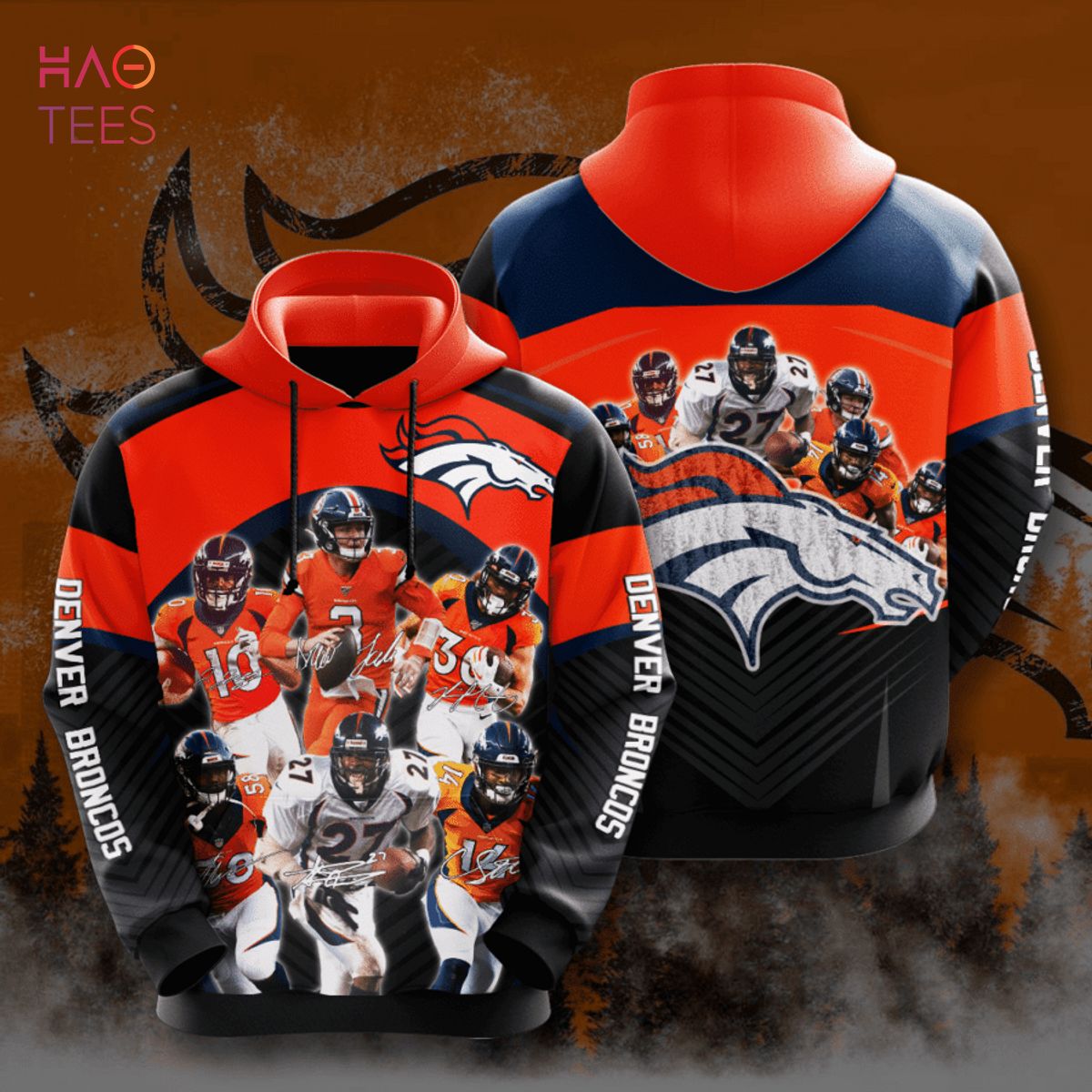 Source: images.haotees.com
Source: images.haotees.comSource: cdn.shopify.com
Source: images.footballfanatics.com
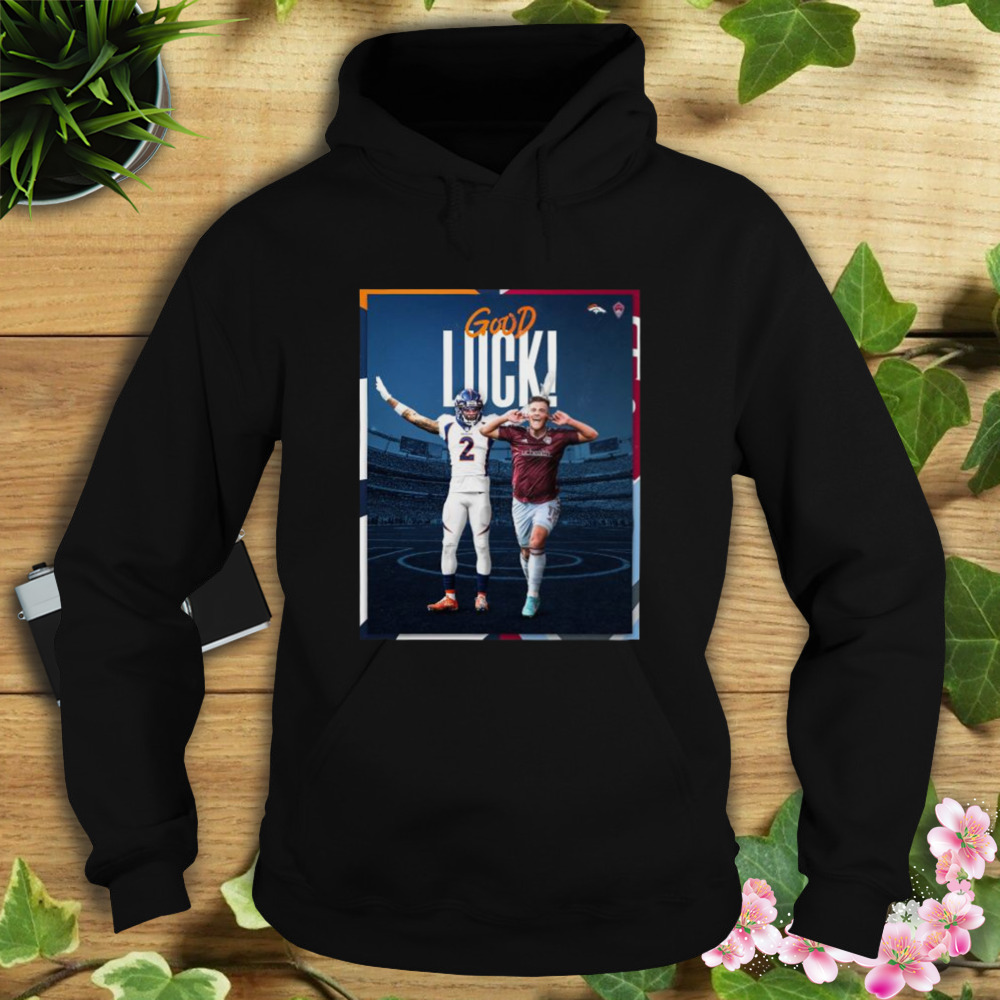 Source: cdn.cvctshirt.com
Source: cdn.cvctshirt.com
 Source: i0.wp.com
Source: i0.wp.com Source: s.yimg.com
Source: s.yimg.com Source: zoom.jewelryimages.net
Source: zoom.jewelryimages.net Source: cdn.shopify.com
Source: cdn.shopify.com Source: image.cnbcfm.com
Source: image.cnbcfm.com Source: i.ytimg.com
Source: i.ytimg.com![British Military Mkvi Ballistic Helmet [Genuine European Military Surplus]](https://www.venturesurplus.com/wp-content/uploads/2021/07/UK-MkVI-Helmet-Used-Overall-scaled.jpg) Source: www.venturesurplus.com
Source: www.venturesurplus.com Source: www.thetimes.co.uk
Source: www.thetimes.co.uk Source: i.ebayimg.com
Source: i.ebayimg.com
 Source: ttp3.dslyecxi.com
Source: ttp3.dslyecxi.com![Dvids - Images - Security Battalion, Nineveh Operations Command Conducts Live Fire Bounding Exercise [Image 8 Of 8]](https://d1ldvf68ux039x.cloudfront.net/thumbs/photos/1604/2512765/2000w_q95.jpg) Source: d1ldvf68ux039x.cloudfront.net
Source: d1ldvf68ux039x.cloudfront.net Source: www.army.mil
Source: www.army.mil Source: api.army.mil
Source: api.army.mil Source: www.globalsecurity.org
Source: www.globalsecurity.org
 Source: i.pinimg.com
Source: i.pinimg.com Source: i.etsystatic.com
Source: i.etsystatic.com Source: image.invaluable.com
Source: image.invaluable.com Source: thumbs.dreamstime.com
Source: thumbs.dreamstime.com Source: i.pinimg.com
Source: i.pinimg.com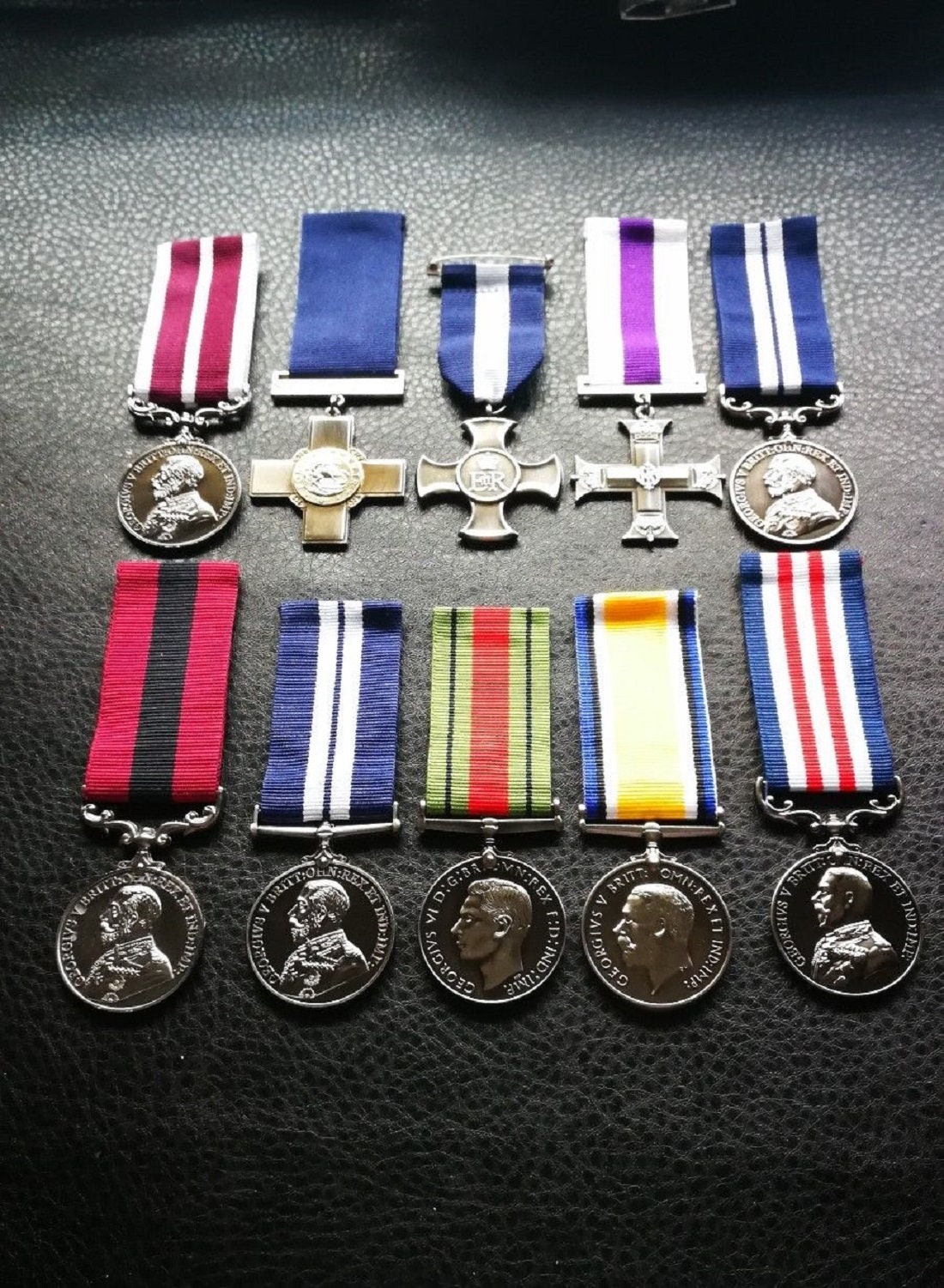
 Source: www.desertrat.se
Source: www.desertrat.se Source: collections.rmg.co.uk
Source: collections.rmg.co.uk Source: www.blitzmilitaria.co.uk
Source: www.blitzmilitaria.co.uk Source: davidlay.blob.core.windows.net
Source: davidlay.blob.core.windows.net Source: www.jbmilitaryantiques.com.au
Source: www.jbmilitaryantiques.com.au
 Source: cdn.shopify.com
Source: cdn.shopify.com Source: nrljerseys.com.au
Source: nrljerseys.com.au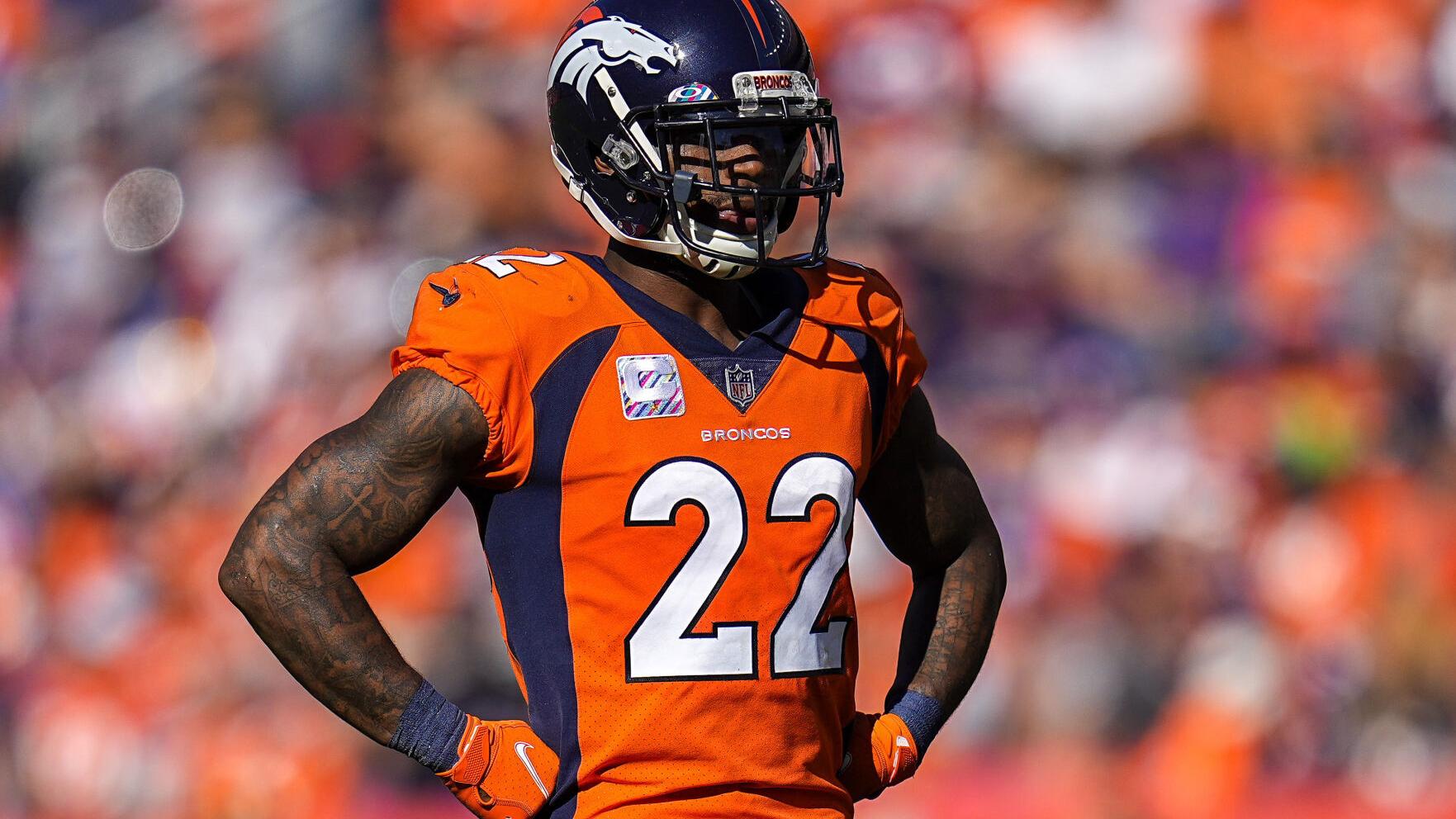 Source: bloximages.newyork1.vip.townnews.com
Source: bloximages.newyork1.vip.townnews.com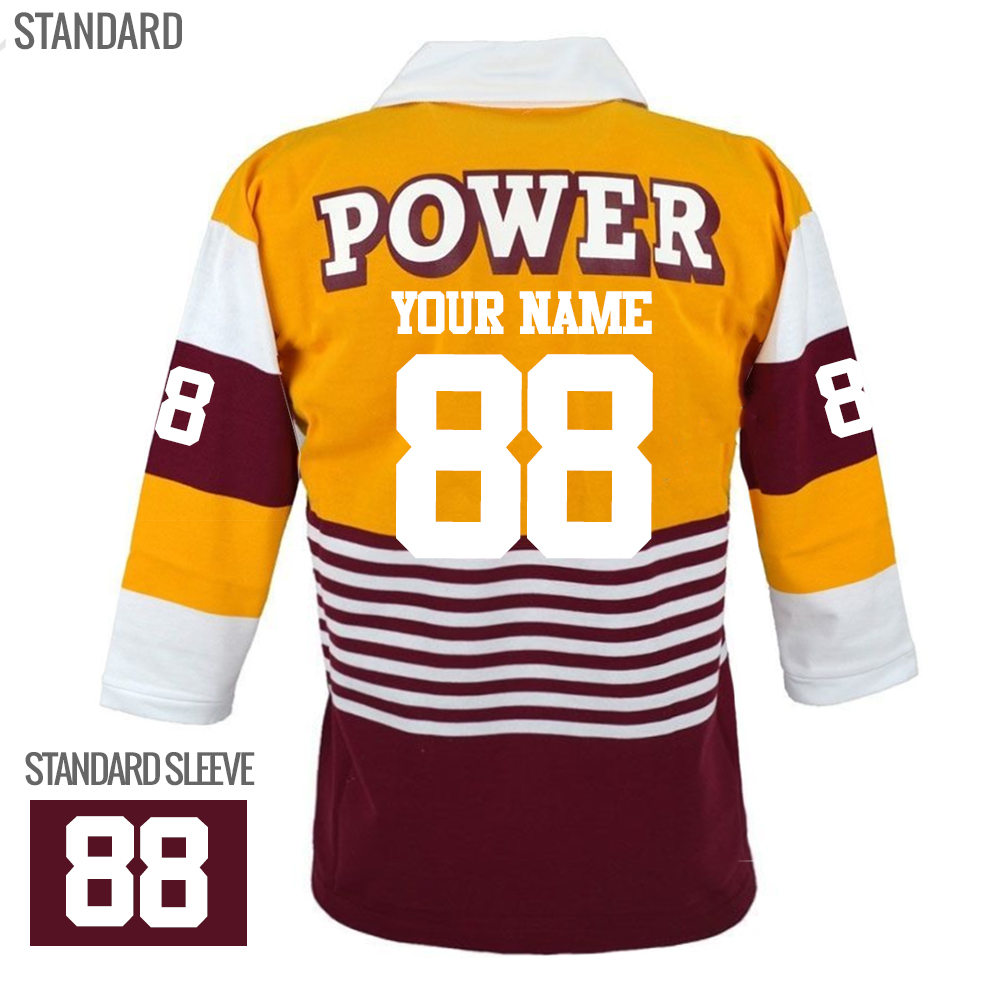 Source: nrljerseys.com.au
Source: nrljerseys.com.au Source: i.redd.it
Source: i.redd.it